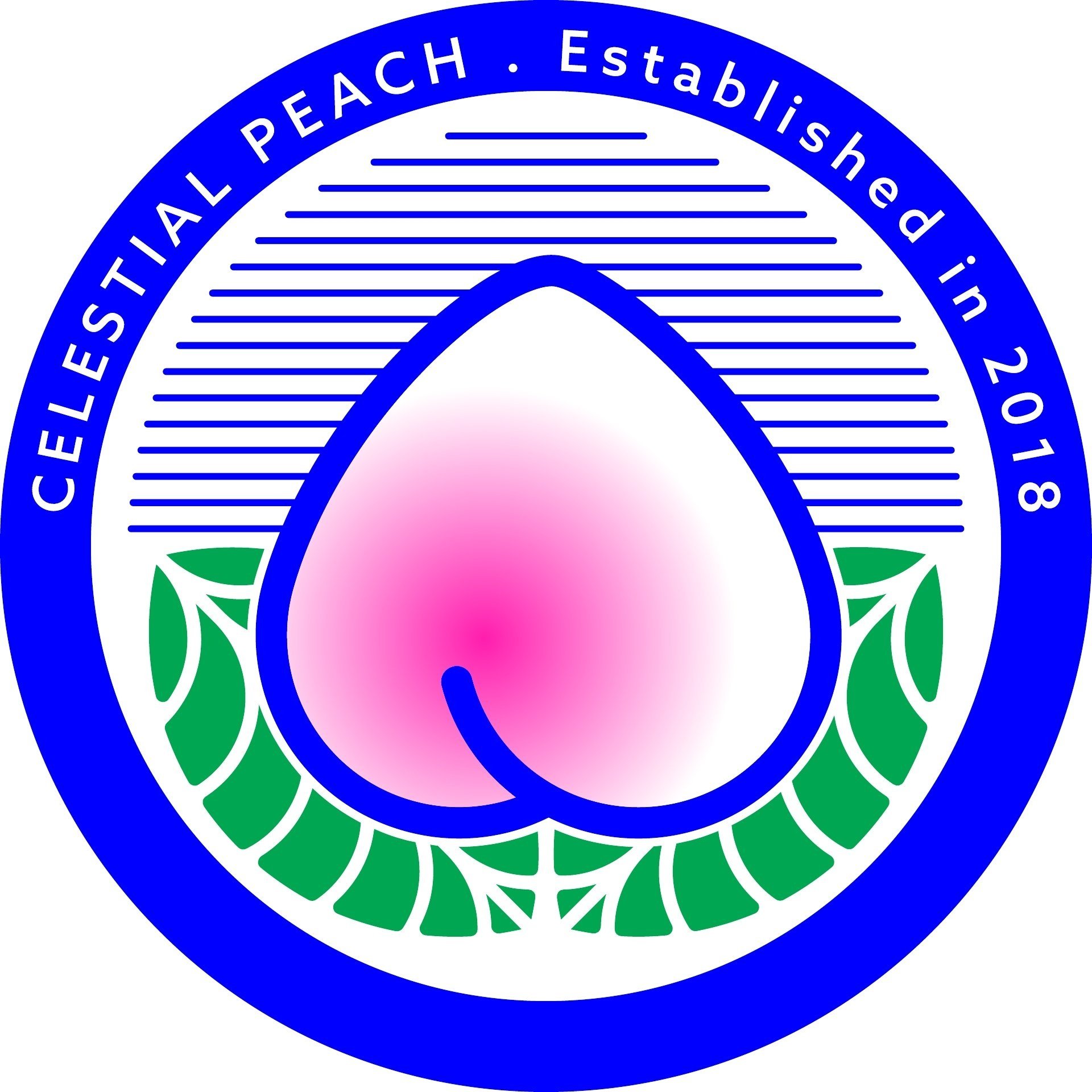Chinese Vegan Guide to Edible Seaweed
Dried kombu
Maybe you're thinking of those 'crispy seaweed' dishes you get in Chinese restaurants. Spoiler alert: that's not actually seaweed — it's more likely to be deep fried greens! For thousands of years, people in East Asia have adopted seaweed into their diets, partly due to its natural abundance in coastal regions and their frugal resourcefulness.
Dehydration techniques allow seaweed to be stored with a relatively long shelf life, and easily prepared through rehydration. In the Chinese region of Zhejiang, cultivation of saccharina japonica kelp (or 'mariculture') has become a huge industry.
Seaweed is a rich source of glutamic acid (natural MSG), meaning it's high in umami and delivers that satisfying, savoury hit. All vegans should eat seaweed regularly, since it provides nutrients that can be hard to find, such as omega-3s and vitamin B12.
If you are confused by the many names and types of edible seaweed (the names differ from country to country), I suggest starting with these cupboard essentials. I’ve also linked to recommended products available online:
Wakame: best for crunchy salads with a tangy sweet-sour dressing (Atlantic Kitchen Wakame Seaweed ocado.com)
Kombu: perfect for adding depth to vegan broths (Wel Pac Kombu for Dashi Stock souschef.co.uk)
Nori (or laver) sheets: thin sheets of roasted seaweed used to wrap sushi rolls. Eat straight out of the bag or shredded to make a tasty topping for salad, ramen and just about anything. They come in different grades, based on quality. (widest selection available at japancentre.com)
Laver: used in various Chinese soups, and the Welsh recipe for laverbread (not a bread!) (Chinese roasted laver from souschef.co.uk)
Benefits
Source of omega-3, iodine, B12, calcium, essential minerals (magnesium, copper, potassium, selenium, zinc, iron)
Source of vitamins A, B, C, E, K
Source of iodine (beneficial for thyroid regulation)
Digestive aid
Anti-coagulant, could prevent blood clotting
Can also be used as part of your beauty and skincare routine
Tips
Eat small amounts only — naturally high levels of iodine in seaweed can mess with your thyroid function. However, cooking seaweed with vegetables such as broccoli, cabbage and soya can inhibit iodine uptake by the thyroid gland.
It is recommended that healthy folks eat seaweed as a condiment a few times a week.
Be wary of the high sodium content in salted seaweed snacks.
Did you know? If beans give you flatulence, cooking them with kombu can ease the gas.
Healthy vegan recipes
Vegan dashi broth or stock with kombu (thekitchn.com)
Doenjang jjigae: Korean soybean paste stew with kombu (onegreenplanet.org)
Wakame salad (japancentre.com)
Korean sweet and sour salad (maangchi.com)
Further reading
Would you eat seaweed that tastes like bacon and is healthier than kale? (businessinsider.com)







